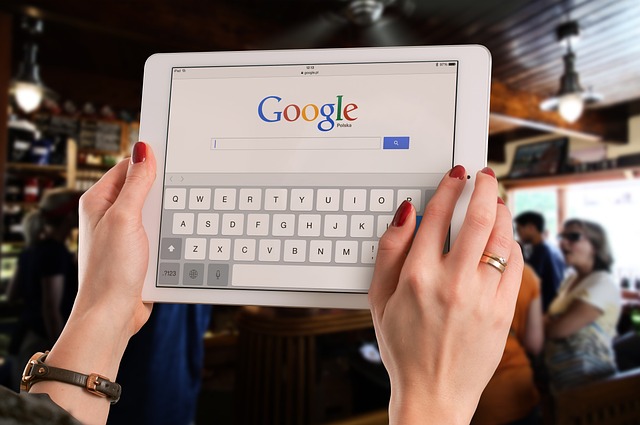If you're experiencing reduced battery life on your iPad, such as shorter usage times or a need for more frequent charging, it may be time to consider replacing the battery. A degraded battery can affect overall device performance and lifespan. Regular software updates can help optimize battery usage, but if these don't solve the issue, a new battery installed by a professional will significantly improve your iPad's efficiency and extend its operational life. It's a proactive step to ensure that you continue to enjoy uninterrupted access to all your applications and data without the inconvenience of frequent charging or unexpected shutdowns caused by a worn-out battery. Remember, replacing an iPad battery with an OEM option is a common solution to restore the device's peak performance and longevity.
Optimizing your device’s performance is a continuous journey, especially as batteries naturally degrade over time. To ensure your gadgets stay charged and efficient, this article offers three pivotal tips for maintaining long-lasting device performance. From understanding how battery health affects your device to mastering software optimization for energy efficiency, we’ll guide you through each step with a focus on replacing an iPad battery safely and efficiently. Additionally, we’ll explore best practices for charging to extend battery life and review how to identify apps that may be draining your power reserves. For those considering a battery replacement, we’ll discuss signs and symptoms that indicate the right time to proceed. Keep your device in top shape and its battery enduring with these practical insights.
- Understanding Battery Health and Its Impact on Device Performance
- Step-by-Step Guide to Replace iPad Battery Safely and Efficiently
- Maximizing Energy Efficiency with Software Optimization
- Best Practices for Charging Your Device to Extend Battery Life
- Identifying Apps That Drain Battery: A Review of Energy Usage
- Physical Care and Maintenance to Maintain Peak Device Performance
- When to Consider Replacing Your iPad Battery: Signs and Symptoms
Understanding Battery Health and Its Impact on Device Performance
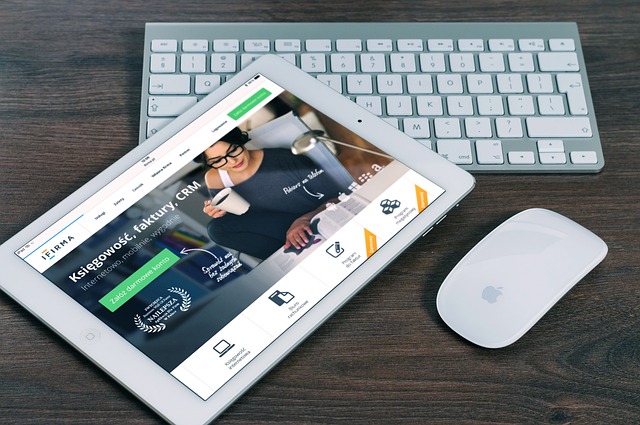
When it comes to maintaining optimal device performance, particularly for devices like iPads, understanding battery health is paramount. A degrading battery can significantly impact your tablet’s functionality and efficiency. Over time, batteries naturally lose their ability to hold a charge as effectively due to chemical changes within the cells, which can lead to reduced runtime and slower performance under load. Replacing an iPad battery when its health has diminished is not just about extending the device’s usability—it’s a critical step in preserving overall performance. Regularly monitoring battery status through the device settings or third-party apps can provide insights into how well your battery is functioning, informing you of when it might be time to consider a replacement. For instance, if you notice your iPad’s battery percentage draining faster than usual, or if it’s not holding a charge as long as it once did, these are telltale signs that its health may be on the decline. By replacing an iPad battery at the right time, users can ensure their device operates at peak performance, offering smoother operations and extending the lifespan of the tablet itself. It’s a cost-effective solution compared to purchasing a new device and one that can be conveniently performed by qualified professionals who specialize in iPad repair services. Thus, proactive monitoring and timely battery replacement are key strategies for sustaining long-lasting device performance.
Step-by-Step Guide to Replace iPad Battery Safely and Efficiently
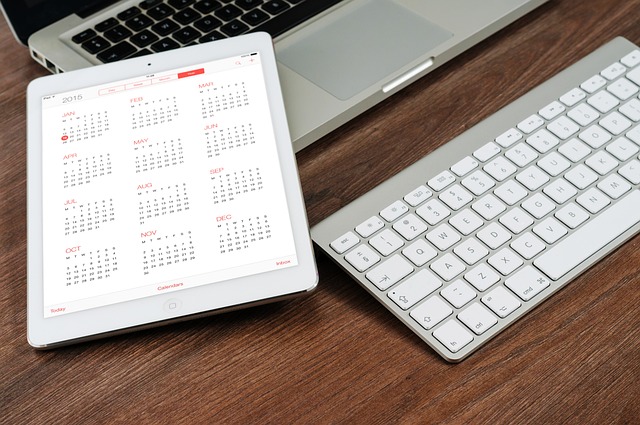
When your iPad’s performance starts to wane, it may be time to consider a battery replacement. A degraded battery can lead to reduced functionality and overall user experience. Replacing the battery in an iPad is a task that can be performed safely and efficiently with the right guidance. Here’s a step-by-step guide to ensure you replace your iPad battery without risking damage to your device.
Before attempting the replacement, make sure to discharge your iPad completely and back up all your data using iCloud or iTunes. This critical step prevents any potential data loss during the process. Once backed up, locate a clean and well-lit workspace with a soft, static-free mat to place your iPad on. This will protect both your device and the new battery from any unnecessary scratches or static discharge.
Next, acquire the necessary tools: a pentalobe screwdriver for removing the screws on the iPad’s back, a plastic opening tool or a spudger to gently separate the screen from the body, and, of course, the compatible replacement battery for your specific iPad model. It’s essential to use the correct screwdriver to avoid stripping the screws, which could compromise the structural integrity of your iPad.
Proceed by powering off your device and removing the screws at the device’s rear. Carefully open the iPad by inserting the plastic opening tool between the screen and the body at a corner, and gently pry to free the edges without applying excessive force. Once the screen is freed from the adhesive, carefully lift it off and set it aside, face down on the mat to avoid any liquid spills or scratches.
With the screen removed, locate the battery, which is usually held in place with adhesive. Gently lift the battery out by its top edge, being careful not to touch the battery terminals with your fingers, as this could result in a short circuit. Disconnect the battery connector from the iPad’s logic board and set the old battery aside.
Now, take the new battery and prepare it for installation by peeling off any protective tape or sticker on the back. Align the new battery within its tray, ensuring that it is seated correctly before pressing it into place. Reconnect the battery connector to the logic board, making sure the connection is secure.
After reinstalling the battery, reverse the process of removing the screen. Ensure that the screen is properly reattached and that all adhesive edges are securely in place. Replace the pentalobe screws in their respective positions, using the torque specifications appropriate for your iPad model to prevent over-tightening.
Finally, restore your data from the backup you made earlier. After confirming that your iPad is functioning properly and the new battery holds a charge, you’ve successfully replaced your iPad battery with minimal risk of damage or errors. Remember to recycle your old battery according to local regulations to maintain environmental integrity. With these steps, you can extend the life of your iPad and maintain its performance for years to come.
Maximizing Energy Efficiency with Software Optimization
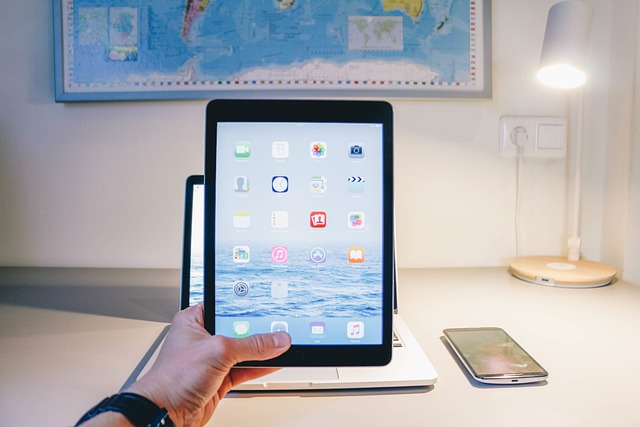
To ensure your devices operate at peak performance for extended periods, it’s crucial to prioritize energy efficiency through software optimization. One of the most significant benefits of keeping your device’s software up-to-date is the improvement in battery life. Regular updates often include enhancements that make your system more efficient in managing power consumption. For instance, replacing an iPad battery with a new one can significantly extend its lifespan, but making intelligent choices about when to update and which updates to install can further optimize energy usage.
Software optimization can also be achieved by closing unnecessary background applications and disabling features that drain your device’s power. For example, features like Wi-Fi and Bluetooth should be toggled off when not in use, as these radios consume energy even when they are not actively transmitting or receiving data. Similarly, adjusting screen brightness to the lowest comfortable setting can extend battery life, as the display is typically one of the biggest power consumers on a device. By employing these strategies and ensuring your software is finely tuned for energy conservation, you can enhance the longevity of your device’s performance and avoid the need to replace its battery frequently.
Best Practices for Charging Your Device to Extend Battery Life
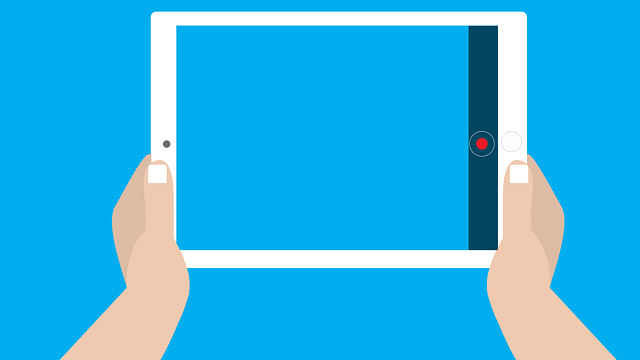
To maintain optimal performance and extend the longevity of your device’s battery, it’s crucial to adopt smart charging habits. One of the best practices is not letting your device discharge completely before recharging. This helps prevent the battery from entering a ‘deep discharge’ state, which can strain its lifecycle. Similarly, refrain from overcharging by unplugging your device once it reaches a 100% charge. Most devices have built-in intelligence to manage this, but it’s good practice to monitor and confirm the charging status manually. Consistently using original equipment manufacturer (OEM) chargers and cables is also recommended as they are designed to provide optimal voltage and current for your device, ensuring efficient charging without overheating or overcharging issues that could arise from third-party accessories, such as those used when you decide to replace an iPad battery.
Another key tip is to keep your device cool during charging. High temperatures can degrade battery performance and lifespan significantly. Avoid charging your device under direct sunlight or in extremely warm environments. If you notice the device feeling unusually hot, allow it to cool down before continuing with the charging process. Additionally, organizing your app usage and closing apps that are not in use can help manage power consumption, indirectly improving battery health. Regularly updating your software is also pivotal as updates often contain battery-saving enhancements provided by the manufacturer. By implementing these best practices for charging your device, you can significantly extend its battery life and ensure it operates at its peak efficiency.
Identifying Apps That Drain Battery: A Review of Energy Usage

When it comes to maintaining long-lasting device performance, understanding which applications are responsible for draining your battery is crucial. Over time, devices can exhibit reduced battery life due to the accumulation of apps that consume energy excessively. To identify these energy-zapping culprits, most modern devices, including iPads, offer built-in tools that track and display energy usage statistics. These insights allow users to pinpoint which applications are using more power than necessary. It’s advisable to regularly review these stats to ensure apps running in the background aren’t draining your battery unnecessarily. For instance, if you notice your iPad’s battery life is shorter than expected, even after fully charging it, checking the energy usage could reveal an app that’s actively contributing to this issue. Addressing this by either optimizing its settings or considering replacing the iPad battery with a new one from a reputable service provider can restore your device’s performance and extend its operational life. Additionally, keeping your operating system up to date can also help in managing app energy consumption, as updates often include improvements to battery efficiency and resource management. Regularly closing apps that are not in use or enabling battery-saving modes can further mitigate the impact of these power-draining applications, ensuring your device remains operational for as long as possible throughout the day.
Physical Care and Maintenance to Maintain Peak Device Performance
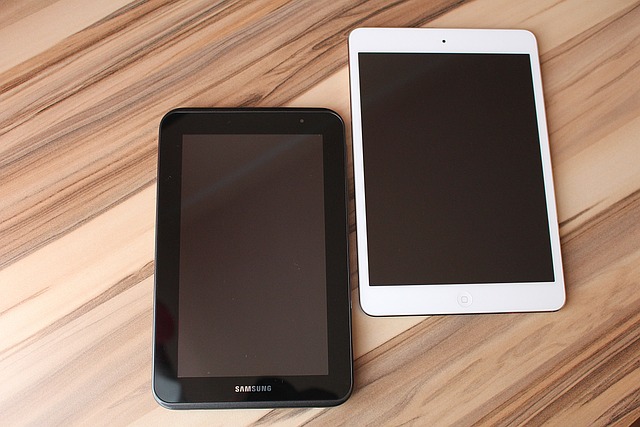
Regular physical care and maintenance are pivotal for maintaining peak performance of your devices, such as iPads. To start, ensuring your iPad’s battery health is optimal can significantly prolong its lifespan and effectiveness. If you notice that your device isn’t holding a charge as it used to, consider replacing the ipad battery. This simple upgrade can breathe new life into your tablet, making everyday tasks more efficient and less frustrating. It’s advisable to have this replacement done by a professional to avoid any potential damage during the process. Additionally, keeping your iPad clean is essential for its functionality. Dust and debris can impede proper airflow, causing your device to overheat and potentially leading to permanent damage. Use a soft, dry cloth to gently wipe down the exterior, and be cautious when handling ports and connectors, as dirt and grime here can disrupt the connection and reduce performance. Regularly updating your iPad’s software is also crucial, as these updates often include battery performance enhancements and bug fixes that contribute to smoother operation and longer battery life. By prioritizing physical care and maintaining a routine of regular maintenance, you can ensure your iPad continues to perform at its best for years to come. Remember to handle your device with care, store it properly when not in use, and consider replacing the ipad battery if its capacity starts to wane, to keep it running efficiently.
When to Consider Replacing Your iPad Battery: Signs and Symptoms
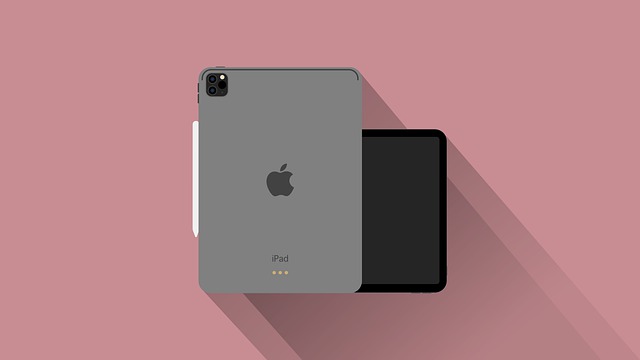
When your iPad starts displaying signs of reduced performance, it might be time to consider replacing its battery. Over time, lithium-ion batteries in electronic devices like iPads naturally degrade and can no longer hold a charge as effectively as they once did. If you notice your device’s battery life is shorter than usual or it takes significantly longer to charge, this could indicate battery degradation. Additionally, if the iPad shuts down unexpectedly during use when the battery percentage remaining seems substantial, or if it consistently shows a battery usage chart with many apps using an unusually high percentage of energy, these are clear signals that the battery’s health has diminished. Replacing an iPad battery can significantly enhance device performance and extend its usable lifespan, as the new battery will provide a consistent charge and maintain power levels more efficiently than a degraded one. It’s advisable to address this issue promptly to avoid further strain on your iPad’s components and to ensure you have reliable access to your applications and data. Regularly updating your device’s software can also help in optimizing battery performance, but if these measures don’t resolve the issue, replacing the battery is a worthwhile investment for maintaining peak device performance.
To maintain optimal performance from your devices, it’s crucial to proactively manage their health and energy consumption. This article has provided valuable insights into understanding your device’s battery health, a key factor in overall performance. With the step-by-step guide on replacing an iPad battery safely and efficiently, you can extend its lifespan without compromising functionality. Additionally, optimizing software to maximize energy efficiency and adopting best practices for charging are essential practices that can significantly enhance battery life. Monitoring app energy usage helps pinpoint areas where you can conserve power, while routine physical care and maintenance are vital for ensuring your device operates at its peak. By staying vigilant and employing these strategies regularly, you can avoid the need for frequent iPad battery replacements. Remember to keep an eye on signs that indicate it’s time for a new battery, ensuring your device remains reliable and efficient for years to come.
